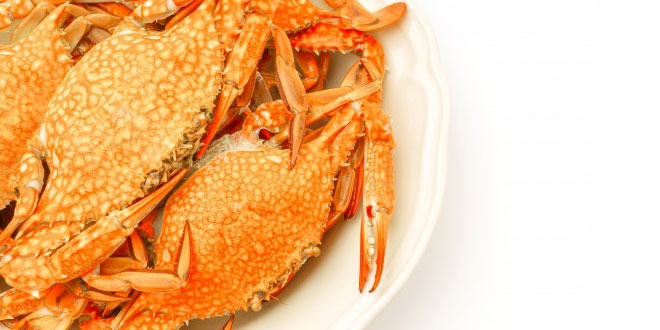Question: How does paramecium obtain its food?
Answer: Paramecium is a unicellular animal. The paramecium cell has a definite shape (slipper shape) and food is taken in at definite spot (called mouth). The food particle is moved into this spot by the movement of thin, hair like cilia which cover the entire surface of paramecium cell.
Question: Why is small intestine in herbivores longer then in carnivores?
Answer: Digestion of cellulose takes a longer time. Hence, herbivores eating grass need a longer small intestine to allow complete digestion of cellulose. Carnivorous animals cannot digest cellulose, hence they have a shorter intestine.
Question: What will happen if mucus is not secreted by the gastric glands?
Answer: Gastric glands in stomach release hydrochloric acid, enzyme pepsin and mucus. Mucus protects the inner lining of stomach from the action of hydrochloric acid and enzyme pepsin. If mucus is not released, it will lead to erosion of inner lining of stomach, leading to acidity and ulcers.
Question: How is small intestine designed to absorb digested food?
Answer: The inner surface of small intestine has millions of tiny, finger like projections called villi. The presence of villi gives the inner walls of the small intestine a very large surface area. The large inner surface area of small intestine helps in the rapid absorption of the digested food.
Question: Give two suggestions to keep tooth and gums healthy.
Answer: Suggestions to keep tooth and gum healthy:-
- We should properly brush our teeth every day in the morning and again before going to bed and massage our gums gently with a soft brush.
- We should avoid eating sticky and starchy foods and sweets, chocolates, toffees, ice-cream etc.
Question: How are fats digested in our body? Where does this process take place?
Answer: Liver produces bile which has bile salts. These salts break large fat molecules to fine droplets. Pancreas secrete pancreatic juice into the duodenum which contain enzyme lipase. This enzyme acts easily on fine droplets of fat, converting them into fatty acids and glycerol. This process takes place in small intestine.
 Class Notes NCERT Solutions for CBSE Students
Class Notes NCERT Solutions for CBSE Students



Thank you Sir or Mam for giving me answer of questions